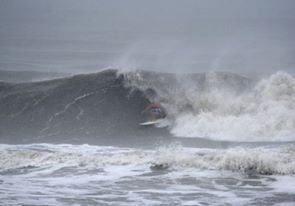#35 Postby Nuno » Mon Oct 19, 2020 10:53 am
wxman57 wrote:CyclonicFury wrote:wxman57 wrote:One thing to consider is that the 30-yr average ACE is going to change significantly at the end of this season. Currently, we're using the 1981-2010 period for the average of about 104-105 ACE. However, the most recent 30-yr period yields an average of a little over 124 ACE per season. that puts 2020 right about average at 123 pts. Not even close to "hyperactive".
I had mentioned this before in this thread:
viewtopic.php?f=31&t=121460 If NHC keeps the definitions based on the same % of normal, 2020 and even 2008 would be classified as "near normal" seasons. I'm not sure how you can call 26-9-3 (likely soon to be 26-10-3) "near normal."
Many of the named storms this season were VERY short-lived and weak. Take "Alpha", for example. Upgraded as it move inland into Portugal?
The NHC would never have named such a system in the past. Ignore the named storm numbers. We've had only 9 hurricanes and 3 major hurricanes, which is about what was predicted hurricane-wise but below what was predicted in terms of major hurricanes. ACE-wise, it's only an average season.
Why ignore the named storm numbers? Because many didn't last long or were weak? Longevity potential doesn't factor into the classification of storms. If they meet the classification, they're named. We're not in the past, we're in the present. They're named now thanks to better technological tools and access to data, unless you are implying NHC are naming storms for an alternative reason.
Last edited by
Nuno on Mon Oct 19, 2020 10:55 am, edited 1 time in total.
2 likes
Andrew (1992), Irene (1999), Frances (2004), Katrina (2005), Wilma (2005), Fay (2008), Irma (2017), Eta (2020), Ian (2022)









